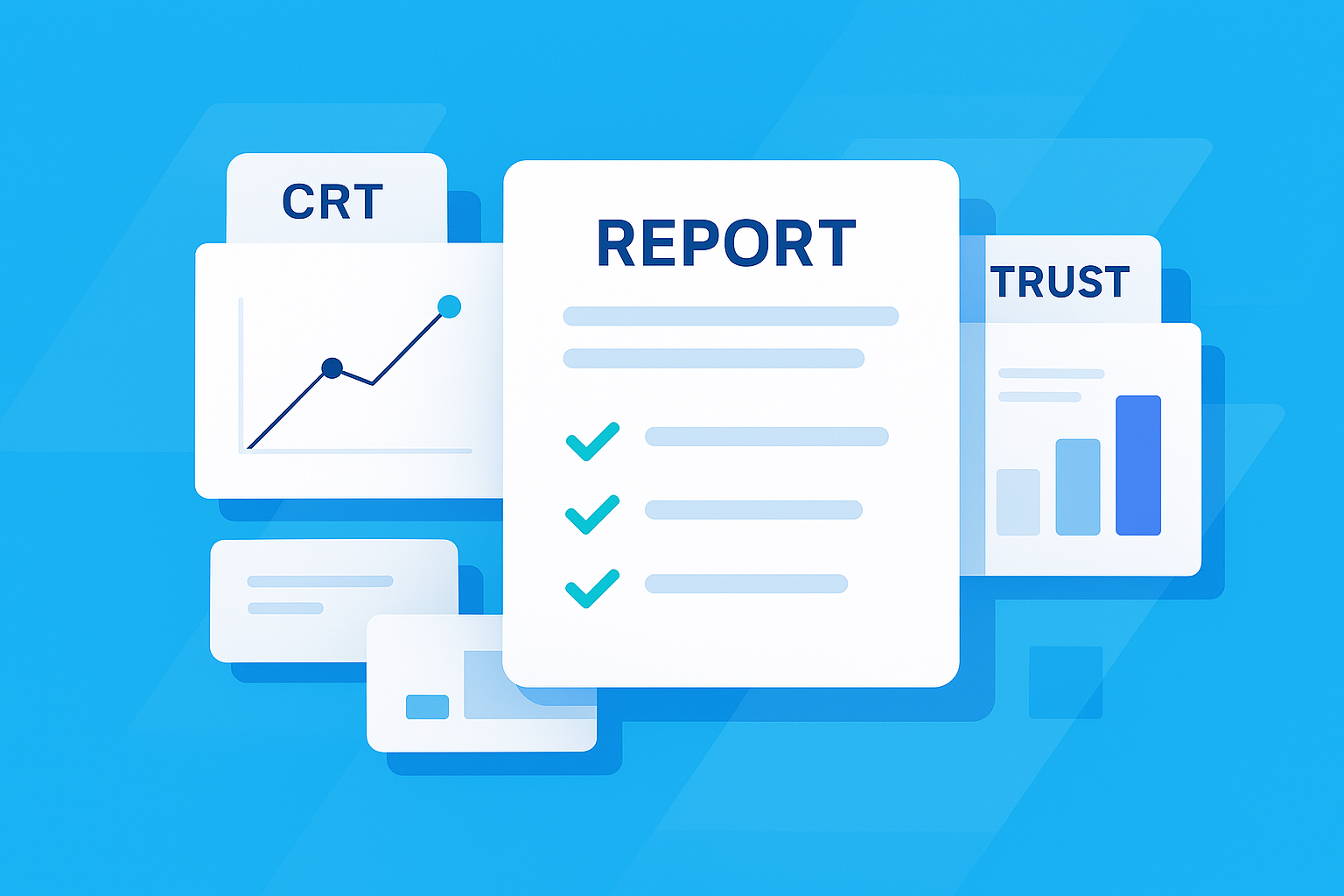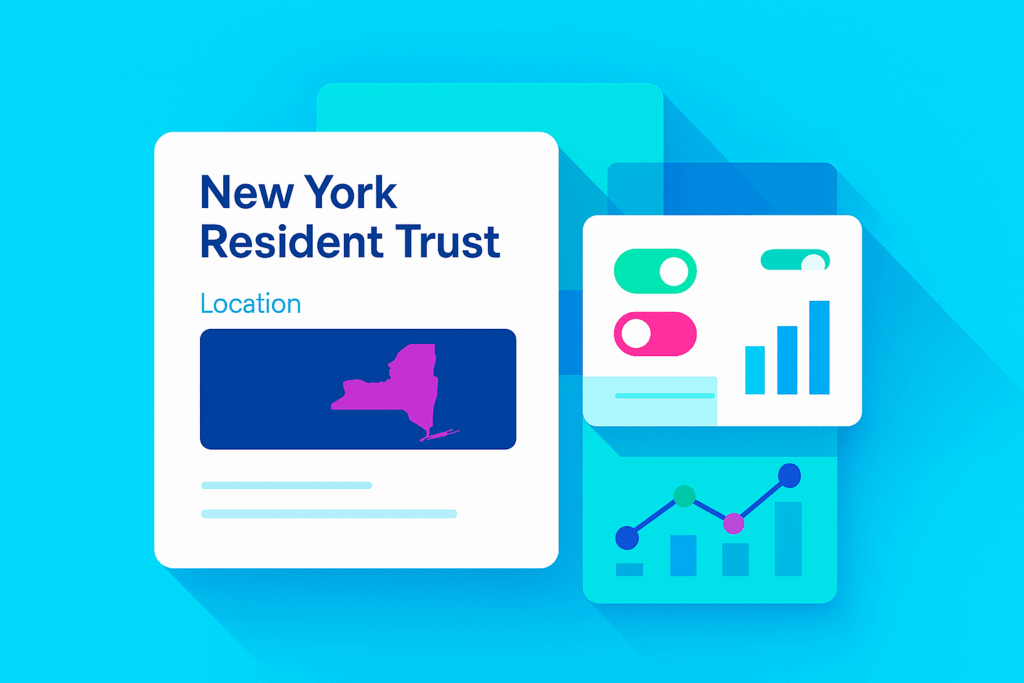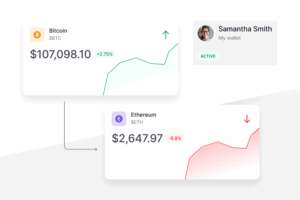The Qualified Small Business Stock exemption, or QSBS, is the best tax break around. As a result of Congress’s push early in the new millennium to encourage Americans to start something new, founders and owners of early equity in companies from startups to Main Street SMBs can earn up to $10 or $15 million in capital gains from the sale of their shares free of federal and most state capital gains taxes. (Sad trombone for residents of California, New Jersey, and three other states that charge state tax on QSBS-eligible gains.)
If QSBS is the best deal in the U.S. tax code, then, almost by definition, QSBS stacking is next best. Each individual is limited to one $10 million exemption. As of July 4, 2025 – when the One Big Beautiful Bill Act (OBBBA) was signed – any QSBS issued after that date enjoys a higher exclusion cap. QSBS issued on or before July 4, 2025 is still capped at $10 million (or 10× your investment basis). Beginning after July 4, 2025, the cap increases to $15 million (or 10× basis, whichever is greater). This benefit is available federally and in most states. But, drawing on the insight that every taxpayer receives his or her (or its) own QSBS exemption, several strategies have arisen that allow individuals and their families to multiply the QSBS benefit — allowing them to avoid taxes on an additional $10 million, $20 million, or more — by giving shares to individuals or trusts.
How does QSBS stacking work in practice? There are several options available, and each will be a fit for different people, depending on their needs.
1. Outright Gifts
Pro: The simplest approach
Con: Give up control and access
The absolute simplest way to get an additional QSBS exemption — or several — is to make outright gifts to family members and/or friends (gifts that are outside of any trust). QSBS applies to shares received directly from the company, which includes original grants and, critically (per IRS guidance) shares gifted from an original recipient. In practice, then, an owner of QSBS-eligible stock who expects to earn more than $10 or $15 million from the sale of those shares could give a portion to their child, parent, sibling, friend, or, really, anyone else (possibly excluding their spouse; special rules apply here, and you’ll need to consult an expert about your specific circumstances).
Giving assets away outright (like giving assets to a non-grantor trust, as discussed below) also have estate tax benefits. A quick primer on the estate tax: You can give away a set amount of money during your lifetime free of estate tax and when you pass away. (The lifetime gift exemption fluctuates with federal law, but in 2024 it stands at $15million per person, or $30 million for a married couple.) Every dollar you give away above that amount is subject to a 40% federal estate plus, in some states, state estate tax. In some jurisdictions, the effective estate tax rate can be as high as 52%. If you keep your shares, they stay in your estate, any appreciation — potentially massive appreciation in the case of a successful startup — will also stay in your estate. When you go to give the proceeds away later to your kids, or to anyone else, you will be subject to that punitive gift tax we mentioned earlier (plus the taxes you already paid when you missed out on the additional QSBS exemption). Better to give the shares away; if you do, the shares will immediately leave your estate.
If it’s that easy, why isn’t this always the way? There are four drawbacks or limitations to the gifting approach.
- Ownership. First, if you give shares away, you no longer control them. This means that someone else — the person to whom you give the shares — will have voting rights, as well as the right to decide when to sell. This can be a problem for the donor, and it could also raise red flags for the company: Most companies prefer not to have a bloated cap table for many reasons, and many retain the right — via the standard stock purchase agreement — to veto the transfer of shares to another person.
- Control. Second, if you give shares away, the recipient . . . receives them. While most pop estate lawyering (if there is such a thing) bears little resemblance to actual best practice, there is one dynamic that gets fair treatment: The near-universal desire to make sure that your kids don’t have access to too much money too soon. QSBS gifting can raise this exact problem; if you simply gift shares to your children, they own them, and they can do what they want with them. This could be a problem if, say, you give 500,000 shares in your brand new startup to your 12-year old and the business takes off. Fast forward 6 years, you’re ringing the bell at the Nasdaq, and you realize that your hormone-addled 18-year old has an 8-figure net worth with no strings attached. Not great.
- Access. The third drawback is potentially more significant, but also subject to more clever workarounds. If you give your shares away for QSBS purposes, you will technically no longer have access to the proceeds. If those shares end up worth 7 or 8 figures, that’s a lot of money to give away, especially to someone outside your immediate family. There may be ways, in practice, to ensure that you can use some of the proceeds — maybe the recipient ends up gifting some of the money back to you, or making a big purchase for you — but such transfers implicate a laundry list of IRS rules that could complicate the situation, so it’s never advisable to count on this kind of hack.
- Creditor Protection. Finally, if you gift shares outright, those shares will likely be beyond the reach of your creditors, but they will be within reach of the recipient’s creditors. What if you gift 100,000 shares to your adult child, and then that child gets sued? The plaintiff may end up being the next shareholder in your company. Worse, if your child gets divorced, their ex-spouse may be able to get their hands on the shares.
2. Non-Grantor Trusts
Pro: Tax benefits + creditor protection
Con: Works best if you act relatively early
A non-grantor trust is a trust that you set up and fund (with startup shares, for example) and that is considered a separate taxpayer for income tax purposes. The trust gets its own QSBS exemption, and the named beneficiaries — typically, though not necessarily, your children — get fairly liberal access to the funds.
How does a non-grantor trust solve some of the drawbacks associated with outright gifts?
- Control. Although you do give up control over your shares when you place them in a non-grantor trust, just as you would if you gave them away, you get to name the fiduciaries. If you choose wisely, someone you trust to act prudently will be making the key decisions — to vote the shares reasonably, to sell them at the right time, and to be smart about when the beneficiaries (most importantly, your kids) get access to the funds.
- Avoid State Income Tax. A handful of states (California, New Jersey, Pennsylvania, Mississippi, and Alabama) apply their state taxes to QSBS shares. If a Californian sets up a non-grantor trust for the benefit of California beneficiaries in South Dakota (which doesn’t have an income tax), the trust will be a South Dakota tax resident. That means that not only will the trust avoid California’s 13.3% income tax on the sale of the company’s shares, it’ll also avoid California income tax on any future income it generates. For people in states with state income tax, the state tax savings from setting up a non-grantor trust can be enormous.
- Creditor Protection. Generally, trusts are protected from their beneficiaries’ creditors. The underlying legal premise is that while a trust may be for the benefit of your child, your child and the trust are separate legal persons, and therefore your child’s actions cannot be ascribed to the trust. Laws vary by state, but Valur’s trusts (which are drafted by estate planning attorneys) are designed to provide as much creditor protection as possible.
- Avoid Generation-Skipping Transfer Tax. In addition to the estate tax and the gift tax, there’s a separate tax on multi-generational transfers called the generation-skipping transfer tax (”GST tax”). The GST tax applies to transfers to individuals who are more than one generation younger than the transferor (like grandchildren, for example). It’s applied at a flat 40% rate. Like the estate and gift tax, as of 2024 each individual gets a $13.61 million exemption from the tax. By setting up a non-grantor trust and then wrapping the trust in a portion of your GST exemption, you can ensure that the assets will not only avoid tax on your death but also on your children’s deaths.
With a conventional non-grantor trust, you will lose direct access to the trust funds: You won’t be able to use them to buy yourself a boat (unless you pay the trust fair market rent for using it). But you can use the trust to pay for your child’s education, invest in your next startup, or something similar.
The non-grantor trust strategy is especially powerful if you act early. If you give away your shares when they are worth virtually nothing, then you’ll use up virtually none of your lifetime gift tax exemption. If you wait until the shares have appreciated — say you raise a Series A or B and the 10% of your shares you planned to give away are now valued at $10 or 15 million depending on the issuance date — you’ll have to use up much more (and potentially all) of your exemption, thereby subjecting any further giveaways to gift tax. This could cost you tens of millions of dollars down the road.
One final note: If you’re planning to have children but don’t have any yet, you can set up a non-grantor trust for the benefit of your future children. Or, you can name your parents, siblings, or friends as beneficiaries along with your future children.
3. SLANT
A non-grantor trust with a twist
Say you eventually want to give money to your children (or even your grandchildren) but want to retain practical access to the proceeds when you sell your shares. In that case, a Spousal Lifetime Access Non-Grantor Trust (”SLANT”) could be the right fit, but SLANTS also have drawbacks that regular non-grantor trusts don’t have.
A SLANT is a variation on the non-grantor trust and has many of the same benefits — an additional QSBS exemption, moving the assets out of your estate today, control over when and how the beneficiaries access the funds — but also gives you some indirect access to the funds in the trust during your spouse’s lifetime. If you name your spouse as the primary beneficiary, then, barring divorce, your spouse’s death, or other interpersonal complications, you will benefit from the trust’s funds, which your spouse can use for his or her “health, education, maintenance, and support” — including things like buying a house, paying for your kids’ college expenses, and the like.
The main downside of a SLANT compared to a vanilla non-grantor trust is that SLANTs are more complicated to administer. In order to make them work, you’ll need to involve multiple friends and family members, name them as beneficiaries, and then give them a role in administering the trust. These individuals will have at least some degree of access to the trust’s assets. SLANTs also raise certain tax issues that are beyond the scope of this article. For most people, a more conventional non-grantor trust will make more sense than a SLANT.
4. Charitable Remainder Trust
A (very) different approach, focused on you
So far, we have been focused on approaches to QSBS stacking that require you to act early and to give your shares away (to some degree). But what if you aren’t ready to give so much money away? Enter the Charitable Remainder Unitrust, or CRUT.
As you may know from our other writing, a CRUT is a tax-exempt entity a lot like an IRA or 401(k). If you place your shares into a CRUT and then sell them, the trust (and you) will owe no taxes when you sell. Those are the highlights, and they apply to any capital gains. But CRUTs can be especially powerful as a tool for QSBS stacking (here is a calculator to help you understand the financial impact of QSBS stacking with a CRUT).
How it works: As with a regular CRUT (here is an overview of CRUTs), you place your shares into the trust before you sell. When you do sell, the CRUT pays no taxes, like always. But because the trust gets its own QSBS exemption, then unlike with a normal CRUT, the proceeds will also be tax free when you withdraw them. A QSBS-stacking CRUT therefore allows you to capture an additional $10 or $15 million entirely free of tax, and to keep those proceeds for yourself. Plus, you can do this whenever you want — in fact, it typically makes sense to take this step right before you sell, so it’s a measure you can take even after putting off advance planning.
If CRUTs work so well for QSBS stacking, why isn’t this the number one approach? There are two main reasons:
- Timing. First, the timing is tough. Due to the nature of trust accounting, it typically makes sense to set up a QSBS-stacking CRUT for only four or five years. This way, you’ll get the proceeds out of the trust quickly, and they’ll be mostly tax free. (If you ran the trust for much longer, you’d capture significant growth even after selling your shares, and all of those gains would be taxable when you withdraw them. And because CRUTs operate on a highest-taxed-distributions-first accounting system, those taxable gains would leave the trust before the QSBS-eligible gains, potentially trapping the tax-free money in the trust forever.) But if your trust is only going to last for a few years, you really need to make sure you’re going to be selling your shares soon before you establish the trust; otherwise, the trust might end before you make the sale, triggering a whole host of tax complications. As a result of these constraints, it makes sense to establish and fund the trust close to your share sale. It can be done, and it’s still a great solution if you didn’t do the recommended advance planning via gifting or non-grantor trust — but it adds a layer of logistics to your deal that you might want to avoid.
- Estate tax planning. Second, with a QSBS-stacking CRUT, the proceeds remain yours and, as a result, they remain in your estate. This means that if you eventually get around to giving the money away to your kids or others, the gift will be subject to gift tax (or estate tax upon your death).
Conclusion
In summary, QSBS stacking is a powerful strategy for founders and other early equity holder to avoid paying federal and most state capital gains taxes on the sale of their shares. There are various methods of stacking QSBS benefits, each with its own advantages and drawbacks. Founders should carefully consider their individual circumstances and the potential tax implications before deciding on a QSBS stacking strategy. Valur is here to help.
About Valur
We’ve built a platform that makes advanced tax planning – once reserved for ultra-high-net-worth individuals – accessible to everyone. With Valur, you can reduce your taxes by six figures or more, at less than half the cost of traditional providers.
From selecting the right strategy to handling setup, administration, and ongoing optimization, we take care of the hard work so you don’t have to. The results speak for themselves: our customers have generated over $3 billion in additional wealth through our platform.
Want to see what Valur can do for you or your clients? Explore our Learning Center, use our online calculators to estimate your potential savings or schedule a time to chat with us today!































